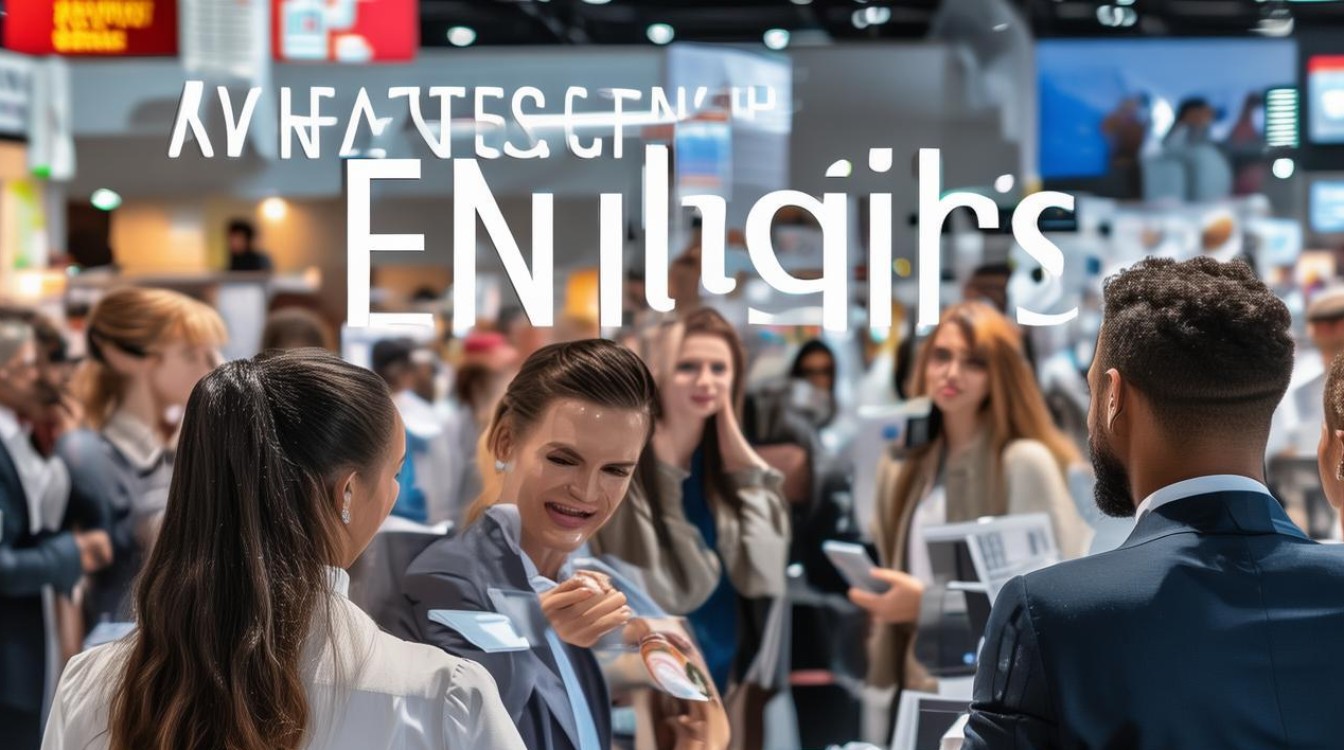Trade shows are dynamic environments where professionals from various industries gather to network, showcase products, and explore business opportunities. For non-native English speakers, engaging in fluent and confident conversations can be challenging. This guide provides actionable strategies to improve your English dialogue skills at exhibitions, ensuring you leave a lasting impression.

Preparing for Common Scenarios
Before attending a trade show, familiarize yourself with typical interactions. Here are key phrases and questions to practice:
Introductions
- Formal: "Hello, I’m [Name] from [Company]. It’s a pleasure to meet you."
- Casual: "Hi, I’m [Name]. What brings you to this event?"
Discussing Your Business
- "We specialize in [product/service]. Our latest innovation is [key feature]."
- "What challenges is your company currently facing?"
Handling Questions
- If unsure: "That’s a great question. Let me check and get back to you."
- For pricing: "Our pricing varies based on customization. May I email you the details?"
Active Listening Techniques
Effective communication isn’t just about speaking—it’s about listening. Follow these steps:
- Paraphrase: Show understanding by repeating key points. "So, you’re looking for a solution that improves efficiency?"
- Ask Open-Ended Questions: Encourage dialogue with "Can you tell me more about your project?"
- Avoid Interrupting: Let the speaker finish before responding.
Building Confidence in Spoken English
Nervousness can hinder fluency. Try these confidence boosters:

Practice with a Partner
Role-play scenarios with a colleague or language partner. Focus on:
- Pronunciation of industry terms.
- Natural pacing (avoid speaking too fast).
Use Simple Language
Complex vocabulary can confuse listeners. Instead of "utilize," say "use."
Record Yourself
Listening to recordings helps identify areas for improvement.

Navigating Cultural Nuances
Different cultures have varying communication styles:
- Direct vs. Indirect: Americans often prefer straightforward talk, while Japanese professionals may use subtler phrasing.
- Small Talk: In Western cultures, brief personal chats ("How was your flight?") build rapport.
Handling Difficult Conversations
Not all interactions go smoothly. Prepare for challenges:
Misunderstandings
- Clarify politely: "Just to confirm, you need X by Y date?"
Objections
- Respond calmly: "I understand your concern. Here’s how we address that..."
Saying No Gracefully
- "Unfortunately, we can’t accommodate that request, but we can offer..."
Follow-Up Strategies
Leaving a strong impression extends beyond the event:

- Email Templates:
- "It was great meeting you at [Event]. Let’s discuss [Topic] further."
- LinkedIn Connection Requests: Include a personal note referencing your conversation.
Confidence in English trade show conversations comes from preparation and practice. By refining your dialogue skills, you’ll forge stronger connections and unlock new opportunities. Keep learning, stay engaged, and let your expertise shine through every interaction.







